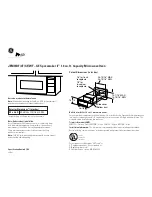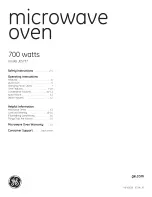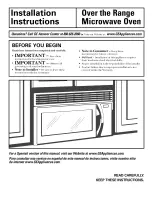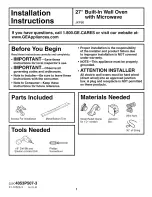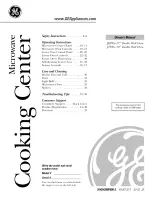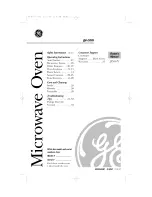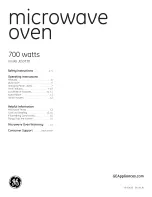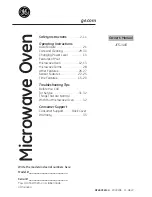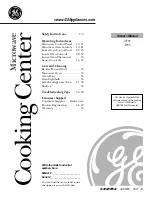
27
en
en
Food arrangement
Food arrangement
When loading the food,
note the following:
●
Allow warm food and beverages to cool
down before storing inside the appliance.
●
Ensure that food is well wrapped or
covered before it is stored. This will pre-
vent food from dehydrating, deteriorating
in colour or losing in taste and will help
maintain freshness. It will also prevent
cross-flavouring. Vegetables, fruit and
salad need not be wrapped provided they
are stored in the vegetable bins of the
refrigerator.
●
Never let any oil or grease come into
contact with plastic fittings or the door
seal as these materials easily become
porous.
●
Never store any explosive substances
inside the appliance. High-proof alcohol
should only be stored upright in tightly
sealed containers.
Danger of explosion!
●
Glass bottles containing liquid that can
freeze should never be stored in the
freezer as the glass bursts when the
contents freeze.
Example of food
arrangement
Fig.
1
Refrigerator compartment (A)
Bread, cakes and pastries, ready-made
meals and dairy products, from top to
bottom on the
shelves (15)
.
Cheese, sausages and yoghurt in the
drawer (16)
.
Fruit, vegetables and salads in the
vegetable container (17)
.
Small bottles and cans on the
shelf (19)
.
Butter and cheese in the
compartment (20)
.
Large bottles on the
bottle shelf (24)
.
Switching OFF
Press the main switch, Figure
2
/1
. The
whole appliance is then switched off.
Longer periods of disuse
If the appliance is not going to be used for
a longer period of time:
Press the main switch, Figure
2
/1
, clean
the appliance and leave the doors open.
Switching OFF and longer
periods of disuse
Freezer compartment (B)
Use the
freezer tray (25)
to store small
frozen goods and make ice cubes.
Use the
top frozen goods containers (26)
to store frozen foods.
Interior fittings
The shelves in the refrigerator compartment
can be re-arranged when the door is opened
at a 90° angle. Pull the shelf forwards, lower,
pull out and re-insert in the desired position
(Fig.
4
).
* Bottle rack
Bottles can be placed and stacked securely in
the recesses (Fig.
5
,
I
).
"Chiller" compartment
(Fig.
A
)
Pull the base of the compartment forwards,
the flap opens.
The temperature in this compartment is
lower than in the refrigerator compartment.
The temperature may therefore drop below
0 °C. Ideal for storing fish, meat and
sausage.
But not suitable for lettuce, vegetables
and cold-sensitive produce.
* The small drawer can be taken out to
facilitate insertion and removal of food
(Figure
9
,
6
).
The egg racks inserted into the door shelves
can be folded up to enable tubes, small tins,
etc. to be stacked in their place.
The bottle rack is provided with a retainer to
prevent bottles from falling over when the
door is opened or closed, Figure
0
/A.
All trays, racks and containers attached
to the door can be removed for cleaning
purposes.
To remove, simply lift them up, Fig.
8
/A
* not on all models
Freezing and storing
Note the following when
buying frozen food
●
Inspect packaging: it should not be
damaged in any way.
●
Make sure the “Best before ...” date has
not expired.
●
Check thermometer of the vendor's
freezer. It should read –18 °C or colder.
●
Ensure that the frozen foods are the last
items to be bought. Wrap in several layers
of newspaper or place in a thermo-
insulated bag and take home at once.
Store frozen products in the freezer with-
out delay.
Freezing at home
If freezing at home, use only foodstuffs which
are absolutely fresh and in perfect condition.
Foodstuffs that freeze well
Meat, cold slices and sausage, poultry and
game, fish, vegetables, aromatic herbs, fruit,
bread and pastries, pizza, precooked meals,
leftovers, egg yolks and whites.
Foodstuffs not suitable for freezing
Whole eggs in their shells, soured cream
and mayonnaise, lettuces, radishes,
horseradish and onions.
Blanching vegetables and fruit
It is advisable to blanch vegetables and fruit
before freezing in order to preserve colour,
flavour, aroma and vitamin C.
(To blanch, bring a large saucepan of water
to a fast boil and completely immerse fruit or
vegetables briefly. Most book stores offer a
wide selection of literature on freezing which
will also deal with blanching.)
Wrapping food
Pack the food in portions suitable for your
household.
Vegetable and fruit portions should be no
heavier than 1 kg, while meat portions can































